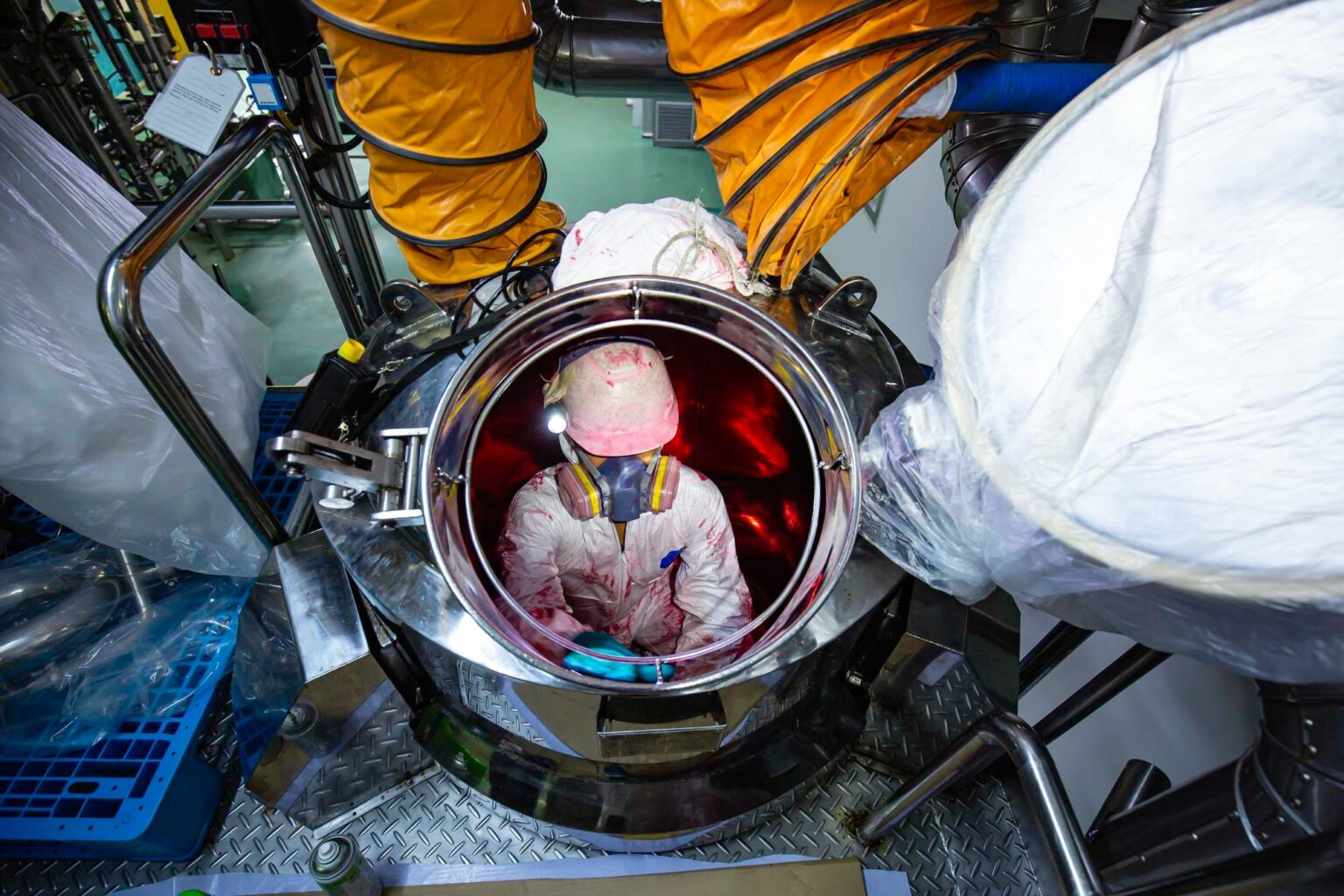Advanced materials play a crucial role in aerospace engineering, enabling the development of lighter, stronger, and more efficient structures for aircraft and spacecraft. These materials offer numerous benefits, including improved fuel efficiency, increased payload capacity, enhanced durability, and reduced maintenance requirements. Here are some key advanced materials used in aerospace:
- Composite Materials: Composite materials, such as carbon fiber reinforced polymers (CFRP), are widely used in aerospace applications. These materials consist of a matrix (polymer) reinforced with high-strength fibers (carbon, glass, or aramid). Composites offer excellent strength-to-weight ratios, making them lighter than traditional metallic materials while maintaining high structural integrity. Their resistance to corrosion, fatigue, and extreme temperatures makes them ideal for aircraft structures, including wings, fuselage sections, and empennage components.
- Titanium Alloys: Titanium alloys are known for their exceptional strength, corrosion resistance, and high-temperature capabilities. These alloys have a low density, allowing for significant weight reduction compared to conventional steel structures. Titanium alloys are commonly used in critical components, such as aircraft frames, landing gears, and engine parts, where strength and reliability are paramount.
- Aluminum-Lithium Alloys: Aluminum-lithium alloys offer a lightweight alternative to traditional aluminum alloys. These alloys have a lower density and higher stiffness, leading to weight savings of up to 10% compared to conventional aluminum. Aluminum-lithium alloys are widely used in the aerospace industry for structural components, including fuselage panels and wing structures, enabling improved fuel efficiency and increased payload capacity.
- Ceramic Matrix Composites (CMCs): CMCs are lightweight materials with high-temperature resistance and excellent mechanical properties. They consist of ceramic fibers embedded in a ceramic matrix. CMCs offer superior thermal stability, low thermal expansion, and high strength, making them suitable for hot sections of jet engines, such as turbine blades and combustor liners. By withstanding higher temperatures, CMCs contribute to increased engine efficiency and reduced emissions.
- Additive Manufacturing (3D Printing): Additive manufacturing, or 3D printing, has revolutionized aerospace manufacturing processes. It allows for the production of complex geometries, lightweight structures, and customized components with reduced lead times. 3D printing enables the use of advanced materials, including titanium alloys, high-temperature ceramics, and composites, in aerospace applications. This technology offers design freedom, reduces material waste, and enhances manufacturing efficiency.
- Smart Materials: Smart materials, such as shape memory alloys (SMAs) and piezoelectric materials, are being explored for aerospace applications. SMAs exhibit the ability to recover their original shape when heated, making them suitable for actuation systems, such as morphing wings or adaptive structures. Piezoelectric materials can convert mechanical stress into electrical energy and vice versa, enabling applications such as structural health monitoring and energy harvesting in aerospace structures.
The use of advanced materials in aerospace engineering continues to evolve, driven by the need for lighter, stronger, and more efficient structures. These materials contribute to increased fuel efficiency, reduced emissions, enhanced performance, and improved safety in aircraft and spacecraft. Ongoing research and development in material science and manufacturing techniques will further advance the capabilities of these materials, pushing the boundaries of aerospace engineering.



